3GSM 2005
Feb 15, 2005, 5:00 AM by Rich Brome @rbrome.bsky.social
Live reports from the 3GSM World Congress 2005 trade show in Cannes, France. Hands-on with the latest phones from Nokia, Motorola, and more.
Day 1
Samsung 1
Samsung was showing off a number of new phones at 3GSM this year. As usual for the Korean company, it's never quite clear which phones are officially announced, and which are being "previewed". But we can certainly show you what we saw in the booth...
The SGH-E880 is a sleek new high-end, slide-style GSM phone.
The E880 is tri-band (900/1800/1900), and sports a rotating 1 megapixel camera with flash and PictBridge printing. A music player (MP3 and AAC) and streaming video player are included, as well as Bluetooth and Outlook-compatible SyncML.
As rumored, the SGH-E720 basically combines the features of the D500 with the clamshell design of the E710 and E715.
Key features include a megapixel camera with flash, music player (MP3 and AAC), a generous 88 MB of memory, and Bluetooth. Just like the E880, video capture, SyncML, and a 260,000-color hi-res (176 x 220) TFT display are also part of the package.
The SGH-E730 is very similar to the E720. The only major differences are the styling and the addition of an FM radio.
Nokia 6681
Nokia's big phone news at 3GSM was the new 668x line of Series 60 smartphones.
The 6680 is probably the headline device, as Nokia's first 3G phone with built-in support for true face-to-face video calling. As with many 3G phones, dual cameras enable this (one on the front, one in back). It's also Nokia's first phone with Video Sharing, which lets you initiate a video stream to the other party (live or pre-recorded) during the middle of a voice call.
While the 6680 is only for European 3G networks for now, fortunately it has two close cousins with EDGE high-speed data for non-3G networks - the 6681 and 6682. The 6681 supports European and Asian frequency bands (900/1800/1900), while the 6682 supports the 850 band for the Americas.
The 6681 / 6682 is not dramatically different from previous Series 60 models. It's not smaller; in fact, it's just slightly larger and heavier than the 7610. But it's still a very comfortable size. Most of the features are similar.
What sets it apart are small touches, like the sliding lens cover, LED flash (a first for Nokia with GSM), and the hot-swappable RS-MMC card slot.
The OS has also been tweaked and updated. The browser now supports file-upload, a feature that first debuted in Series 40 phones like the 6230. This could be very useful for moblogging. Also related to imaging, the camera application now supports 6-step multi-shot at full megapixel resolution, simply by holding down the capture button. And a new 3D photo browser has also been added.
The home screen has also been tweaked, adding shortcut icons across the top, and PIM info down the middle, such as upcoming appointments. This kind of home screen layout was first seen on Windows Mobile for Smartphones, and is quickly becoming the de-facto standard. After Sendo had their breakup with Microsoft, Sendo added this type of homescreen to their Series 60 phone, and Samsung followed suit with prototypes of their D710. Now it looks like Nokia has finally adopted this layout as well.
Nokia 6101
The 6101 is a fairly standard mid-range clamshell phone by today's standards. With dual color displays, a camera, Push-To-Talk, and a stereo FM radio, it's reasonably well-equipped. But with only a VGA camera, low-resolution main display (126 x 160), and no Bluetooth, no one will mistake it for a high-end model.
A couple of things are notable and nice about the 6101. First, Nokia finally seems to be getting the hang of the clamshell form factor. First attempts - such as the 7200 - were decidedly awkward in appearance and ergonomics. The 6101, however, is small, light, and has a great feel to it.
The other notable thing about this phone is that it marks a major shift by Nokia in allowing carrier customization. It used to be rare that Nokia would even allow a carrier logo on its phones. More recently, Nokia is allowing custom softkeys linked to carrier WAP portals. Now with the 6101, Nokia is even allowing customized main menus and icons, and major step for a company obsessed with its user interfaces.
But it doesn't stop there - Nokia for the first time is now offering different styling variants as carrier-exclusive designs. The first such variant will be the 6102, a spinoff of the 6101 that will be exclusive to China Mobile in the Asian region.
I couldn't help noticing that the styling of the 6101 is eerily similar to some recent Motorola designs, such as the V600 or V635, and the 6102 looks a bit like the Motorola A840. I'm sure it's mostly coincidence, but it is kind of weird all the same.
IXI / Sanyo
IXI Mobile has been trying to promote their PMG (Personal Mobile Gateway) technology for a while now. The concept is interesting. Instead of expensive, swiss-army-knife, do-it-all phones, IXI believes people should be able to pick and choose among a collection of small, single-purpose devices, and only carry the ones that they need on any given day.
So you might have a really small phone, and then a separate camera, and a separate messaging device, that are all linked via PMG, (which, by the way, works over a Bluetooth wireless connection). Part of the idea then is that the camera can be a really good camera, and the messaging device can be a really good messaging device.
And messaging is where IXI has set its initial focus. Their first major product to market was the Ogo, which launched with AT&T Wireless last year. It was a big bulky, though, and had limited features. Part of the bulk came from it having a full GSM/GPRS radio inside, so it could work as a standalone device. But IXI's true vision has always been that the phone is at the center of a PMG network, and something like a messaging device can be smaller because it only needs Bluetooth inside, using the phone to connect to the carrier's network.
And that's where the new Sanyo WiPOQ Multimedia Messenger comes in. This ultra-sleek, ultra-small (only 15.5 mm thin) device provides SMS, MMS, IM, email with attachments, web browsing, contacts, calendar, and Java gaming. The idea is that you simply pair it with a Bluetooth phone, (any Bluetooth phone with dial-up networking or LAN access profiles will work) and then it uses the phone's connection to access the Internet and do its magic.
So the idea is that you can carry a really small Bluetooth phone all of the time, plus the WiPOQ when you need its features and the large screen and QWERTY keyboard. Then you can leave the WiPOQ at home when you go out on a date, etc. What makes this different from previous alternatives is that everything works through your existing service and billing, and there's no swapping SIM cards.
The WiPOQ will be available in Europe in the 3rd Quarter, through both carriers and regular retail channels. Three different versions will be available, with varying levels of memory and preloaded software. Sanyo is also planning to come out with other WiPOQ devices, including a media player model and a TV-focused model.
Interestingly, the WiPOQ is made by a completely different division of Sanyo than the mobile phone divisions. In fact, the company formed a totally new division - the Wi Mobile Technologies Group - to manufacture and market the WiPOQ devices. The new division collaborated with US-based ComSciences on the design of the first WiPOQ. So bottom line - this doesn't imply anything about Bluetooth on Sanyo phones - or in fact anything to do with Sanyo phones at all.
Day 2
Samsung 2
Samsung had a few more interesting phones on display in their booth. One particularly interesting model was the tri-band GSM SGH-E340.
The E340 is notable for two reasons. First and most obvious is the novel rotating camera placement in the top half of the phone. In practice, there doesn't seem to be much advantage over previous models that placed the camera in the hinge, but it does look different.
The more interesting feature, perhaps, is the inclusion of Bluetooth. Samsung is quite new to Bluetooth, having only recently released their first GSM Bluetooth model - the SGH-D500. The fact that Samsung is now already including Bluetooth on a mid-range phone like the E340 is a promising sign that Samsung is very much committed to the technology
And the E340 is a paradox in other ways, to. It is decidedly mid-range, with only a VGA resolution camera, 128 x 160 pixel main display, and monochrome external display. But advanced features like Bluetooth, MP3 player, and speakerphone place it in an interesting category.
Another notable model on display was the SGH-D720, a tri-band GSM Series 60 smartphone. Samsung has been a Series 60 licensee for some time now, and this is actually the company's third try at a smartphone for this platform. The previous attempts - the D700 and D710 - were never released.
Industry insiders assure me that the D720 is far more likely to actually be released than the D700 and D710. It is a great-looking phone, so I'd love to see it happen, but this is pretty much their last chance for credibility with this. If they can't deliver the D720 soon, it will be their third strike, and they'll have a hard time convincing anyone that they have any real commitment to Series 60.
The features of the D720 aren't much different from the D710. It's tri-band GSM, with a 1 megapixel camera, MP3/AAC music player, Bluetooth, and a memory card slot. What's new is an internal antenna, stereo speakers, and an "intelligent agent system", whatever that means.
Moto SLVR
Motorola's big announcements at 3GSM (at least for us 3G-impaired folks in the U.S.) were the eye-catching PEBL V6 and SLVR V8.
There were reports of an iTunes phone being announced at the show, but it turns out some reporters misunderstood what they were being shown when there was a private demo of the iTunes software using a Motorola E1060.
In fact, the E1060 will not ship to the public with iTunes. Rather, in about a month, Motorola will announce the real iTunes phone, which will ship in the second quarter. At the same time, they will also announce the ROKR, which will take the concept a step further, and "change the concept of what a music phone should be," according to Motorola President of Personal Devices Ron Garriques. The ROKR is planned to ship in Q4, and will presumably contain a hard drive.
Anyway, the SLVR V8 is the rumored bar-style version of the popular RAZR V3.
But the SLVR is much more than just a repackaging of the RAZR - it adds a good number of new and upgraded features, as well. Chief among these are EDGE high-speed data, video capture, and a TransFlash memory card slot. Other added features include Push-To-Talk, MP3 player, and a new home screen with dynamic info such as news, weather, sports scores, etc.
The SLVR does unfortunately step down to a tri-band antenna, though, as opposed to the quad-band capability of the RAZR. But otherwise the features are the same or better.
The SLVR is expected to be available in the third quarter (around July - September), in tri-band versions for both sides of the Atlantic.
Moto PEBL
More radical than the SLVR, however, is the PEBL V6. This smooth, super-rounded phone is part of a new two-pronged "design language" strategy Motorola announced at the show. The company plans more models in 2005-2006 that are either very thin or very rounded.
The PEBL has very similar features to the SLVR. I believe the absence of a TransFlash memory card slot is the only major difference.
The PEBL is planned for the second half of this year. However, I would be shocked to see it launch in Q3, since it still seems to be at a fairly early stage in the development process. Not only did they not have a functioning prototype at 3GSM, but they didn't even have a mock-up of the inside prepared yet. So while the mock-up I held did have an "inside", it was little more than paint on a surface, and I was told it didn't resemble what will be the actual PEBL interior at all. That's why you won't see photos of the inside here, or anywhere yet.
The PEBL has an interesting opening mechanism, designed to combine the advantages of a clamshell with the easy-opening nature of a slider. So to open the PEBL, you simply slide the top half down a few mm with your thumb - to unlock the hinge - and then just let go and a spring opens the phone all the way. See the photos below to see this in action.
Day 3
Kineto / UMA
I reported on Kineto in my coverage of last year's 3GSM show. Their technology is designed to allow seamless voice and data roaming between cellular and Wi-Fi (or Bluetooth) networks. The idea is that customers can use their phone via their own Wi-Fi router and broadband connection at home and/or the office, and then seamlessly use the cellular network everywhere else.
Since last year, Kineto's technology has rapidly gained attention throughout the industry, and the company has recently collaborated with many other major companies, including Nokia, Motorola, Sony Ericsson, Siemens, Cingular, and T-Mobile USA, to make this technology an industry standard.
And that has now come to fruition in less than a year. The technology is generally known as UMA (Unlicensed Mobile Access), and was recently approved as an official 3GPP industry standard called GAN (Generic Access Network). ("Unlicensed" simply refers to the 2.4 GHz spectrum in which Wi-Fi and Bluetooth operate, and it simply means you don't have to get an government (FCC) license to use a Wi-Fi or Bluetooth device, unlike technologies in other parts of the radio spectrum.)
Two devices are now public that support UMA. The first was the BenQ P50, a Windows Mobile Pocket PC that was demoed as CES last month.
The second, announced here at 3GSM, is the Chi Mei UCP-100, a Windows Mobile Smartphone. Since Chi Mei is strictly an ODM, this phone will come to market with another company's logo, and probably a different model number.
Chi Mei is the same company that created the MPx220 for Motorola, and the UCP-100 is clearly based on the same platform. The features are mostly the same as the MPx220, including quad-band GSM, an internal antenna, dual color displays, a 1.3 megapixel camera, Bluetooth, and a miniSD card slot.
But key upgrades over the MPx220 include class 10 EDGE, 802.11g Wi-Fi, and of course the Kineto UMA software.
It was not announced which version of Windows Mobile for Smartphones the UCP-100 will use. The current 2003 version does not include native Wi-Fi support, so the UCP-100 may use the upcoming "Magneto" version.
So what's so great about UMA? The advantage is that the Wi-Fi connection is dramatically cheaper. It's very similar to VoIP technology, in that customers basically provide their own coverage and connection, and the Internet provides the link back to the carrier. As more customers adopt this technology, it reduces load on the cellular network and spectrum, further lowering costs.
So on average, a call made using Wi-Fi costs the carrier about 1/10 that of a typical cellular call. A good portion of that savings can be passed on to the consumer. It is likely we'll see plans in the future that offer standard rates for cellular airtime, and unlimited Wi-Fi airtime for a low flat rate.
But don't confuse this technology with something like Skype. Skype is classic VoIP technology, and doesn't have much to do with cellular protocols like GSM and CDMA. But UMA works by actually tunneling the entire GSM or CDMA session over Wi-Fi and the Internet. So everything works the same as before, and you never have to worry about which network you're on or which interface to use - it's all transparent. The only difference to the user (other than cheaper rates) is that data (GPRS or 1xRTT) automatically jumps to full broadband speed when you're on your Wi-Fi network.
So when will we see UMA hit the market? Well, according to Kineto, trials are underway worldwide, and a major company in the U.S. is expected to launch UMA service later this year. Given that Cingular and T-Mobile USA are both official members of the UMA group, it seems likely that one of those two companies will have the honor of launching the first UMA service.
Panasonic
Panasonic was showing off a trio of major new high-end phones. All have a distinct design and feature set that is clearly inspired by the company's models for the insanely advanced Japan market.
Panasonic isn't very active in the U.S. market right now, so it doesn't seem likely a major U.S. carrier will launch any of these. But all three models below are tri-band GSM, so they should be available for import, to use on GSM 1900 networks like T-Mobile USA.
The one that leaked out before the show was the X800, the company's new Series 60 Smartphone.
Unfortunately, the differences between the X800 and its predecessor, the X700, seem mostly cosmetic. The camera is still only VGA resolution - a major disappointment for a modern smartphone. The only really significant difference is that the antenna is now internal.
Moving on to more exciting models, the VS7 is a new top-of-the-line model with a 2-megapixel camera, 16.7 million-color QVGA main display, color outer display, Bluetooth, and class 10 GPRS. As for the design, the VS7 is very thin at only 19 mm, and sports a push-to-open hinge and changeable front plates.
The VS7 also has two spinoff variants. The MX7 sacrifices the slender profile for a battery with almost twice the juice, and the SA7 features a "sporty and active design".
The last new high-end model is the VS3. This phone is similar to the VS7, but downgrades a bit on several features. The camera is 1 megapixel instead of 2, and there is no external display or Bluetooth. The main display is also slightly smaller (2.2 inches diagonal instead of 2.5), but it still has QVGA resolution and supports a whopping 16.7 million colors.
Just like the VS7, the VS3 has an extended-battery version - the MX6 - and a "sporty" version - the SA6.
Comments
DANGER HIPTOP
So what is it with Panasonic...
Inquisitor_Hoth said:...
I just need some opinions. I was planning on saving up for the Panasonic X700 and have heard many excellent things about that phone but now I'm wondering if I should wait for the X800 to be released. It soun
(continues)
Slow Carriers
(continues)
ghettoknight92 said:...
What is with these SLOW carriers? The USA really needs to speed up with the GSM techno vibe. T-Mobile is really lacking on nice phones packed with tons of features. Verizon, in my opinion, is doing the best. T-
(continues)
jnoel said:That's one fix with UMA...people who don't have coverage in their houses. Step through the door to seamless coverage through WiFi. Beautiful.
I have no coverage at home, this would fix that.
Samsung - Same phone, different shell...
Same flips, different trade show.
Bleh!
PS - Shame on Samsung for making such big news of the P705 TV Phone back in the 4Q of 2003 - where is it?!?
(continues)
(continues)
SGH-E730, E880, E720
They look great and have all the "essentials", but none of that matters if the phones never come out.
It would be great if one of the phones could come out for T-Mobile.
Just my opinion.
Thanks Rich Brome for the inside scoop.
MISTER04 said:...
Will these phones be released in the US?
They look great and have all the "essentials", but none of that matters if the phones never come out.
It would be great if one of the phones could come out for T-Mobil
(continues)
(continues)
rich, question for you!!
But there are usually not "generic" unlocked versions of 3G phones, unlike regular GSM phones. The 3G phones are usually heavily customized for specific car...
(continues)
where are the pics of the new SE's?
Samsung 720
Is the exterior display on the 720 still just the multicolor, or are they switching to full color on it?
I know Haier with their P7 was in 3GSM....
Disappointed
I take it back...
samsung :-X
Hey Rich... what about that D720?
What are the chances of seeing this in the US?
I wouldn't expect an official US release, but it is tri-band.








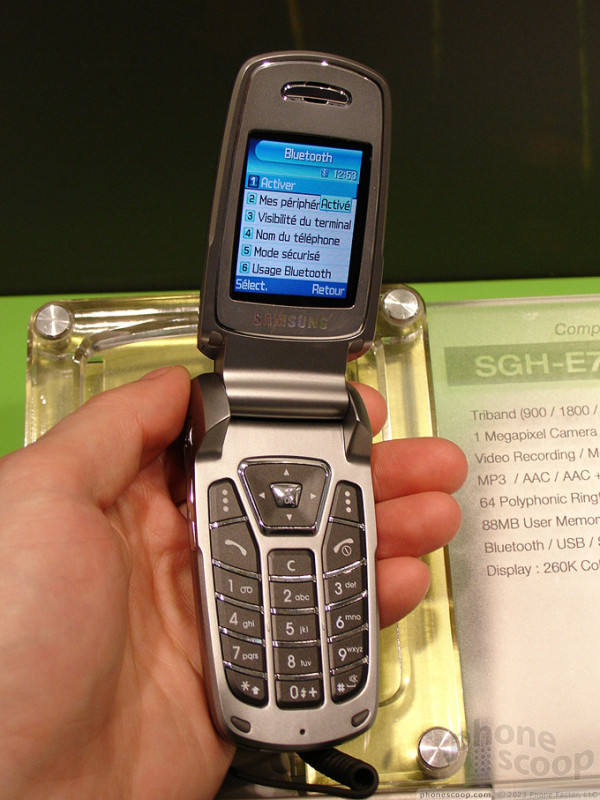








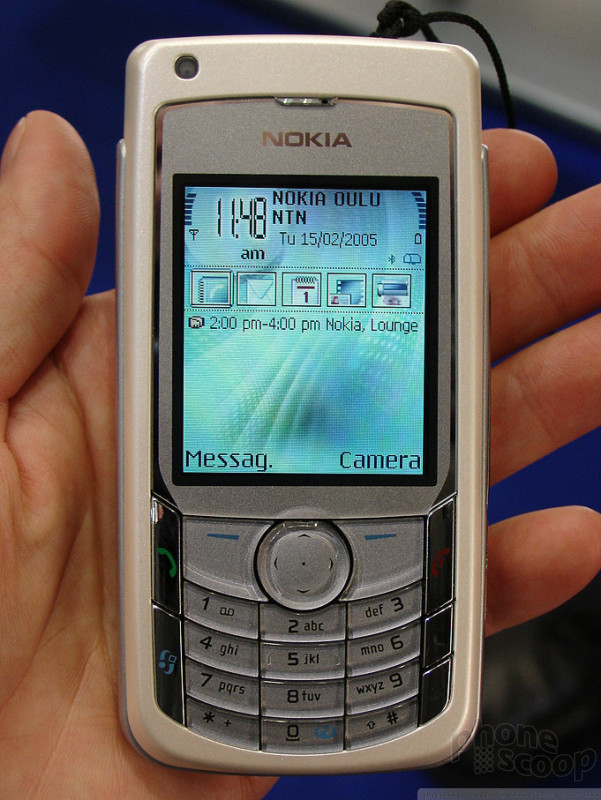





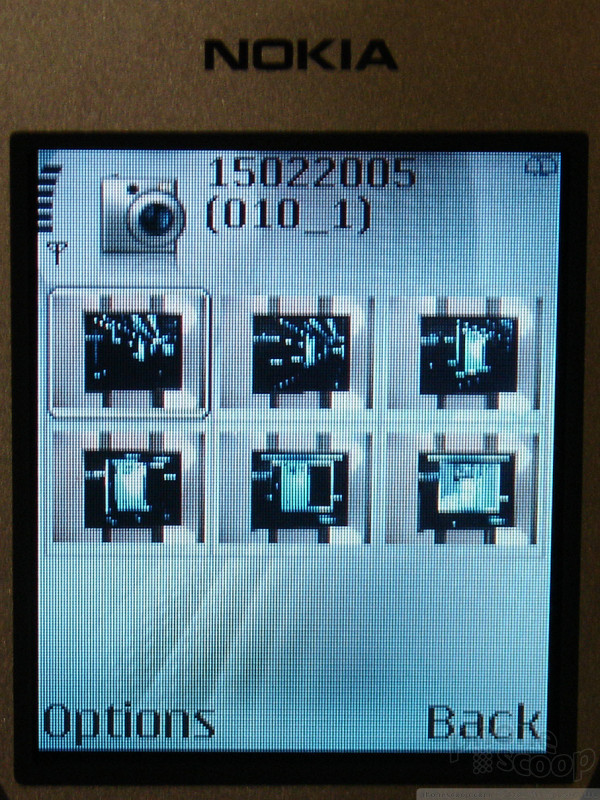



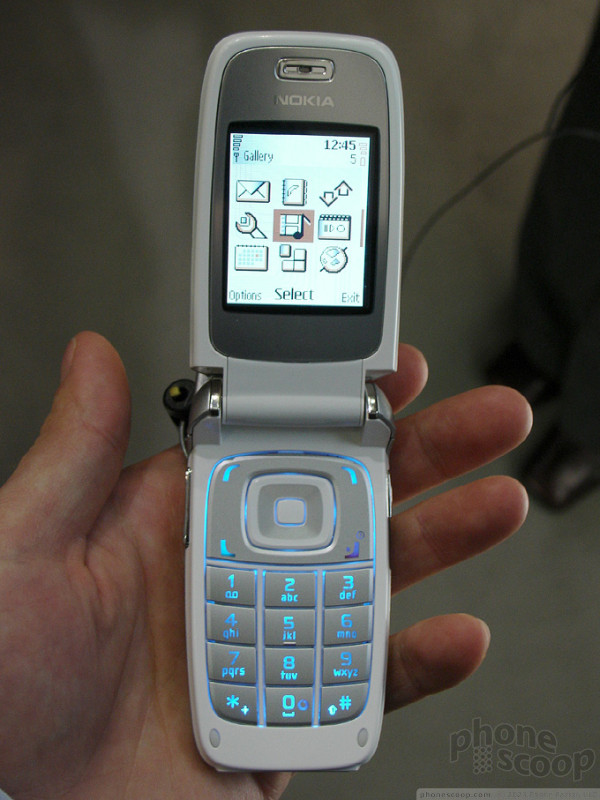




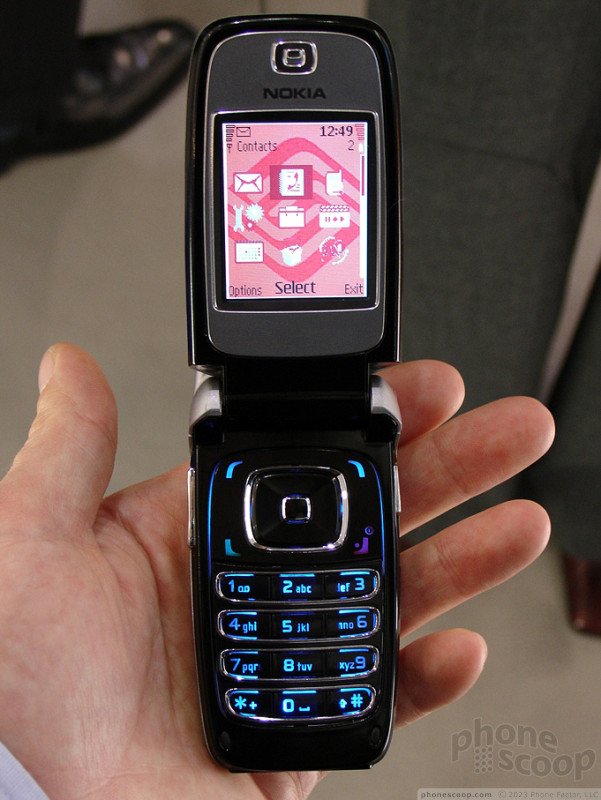



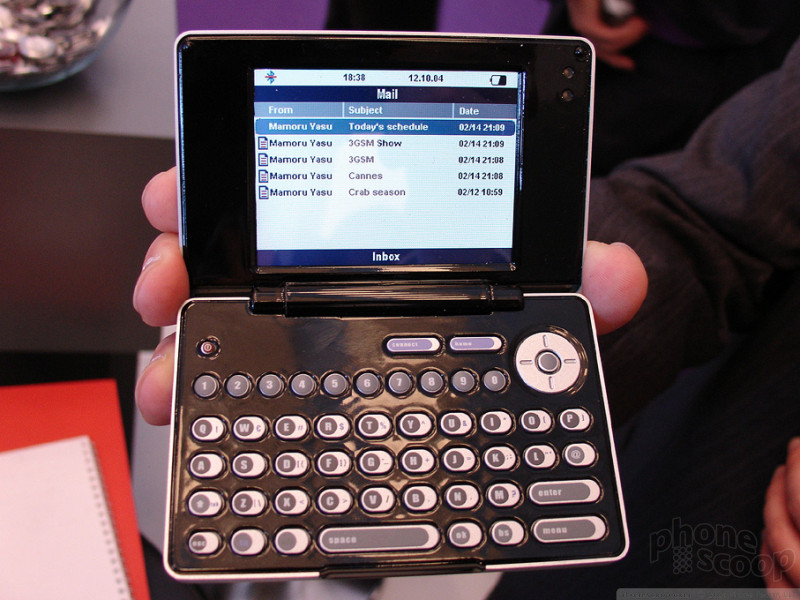





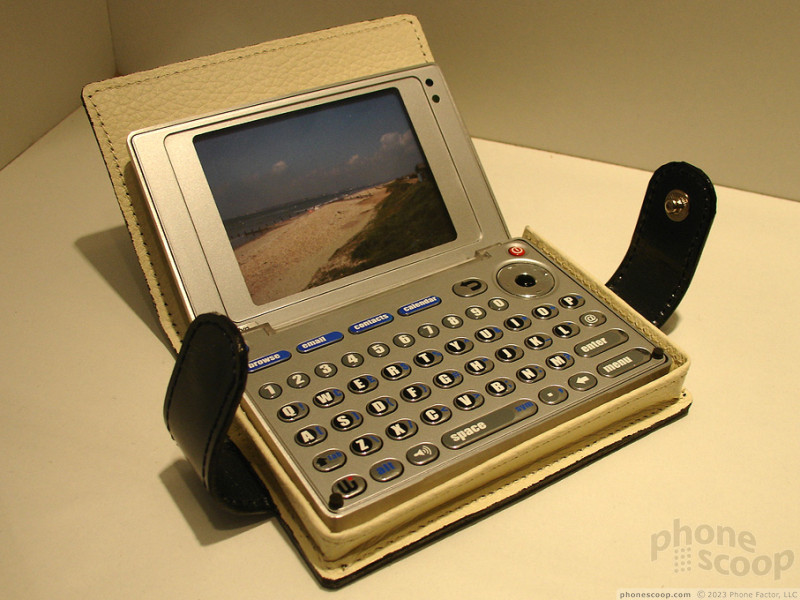





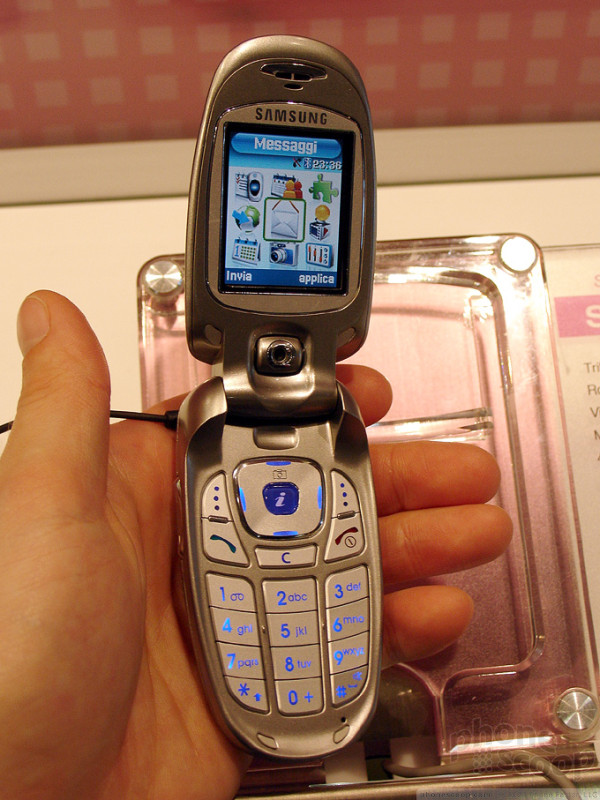



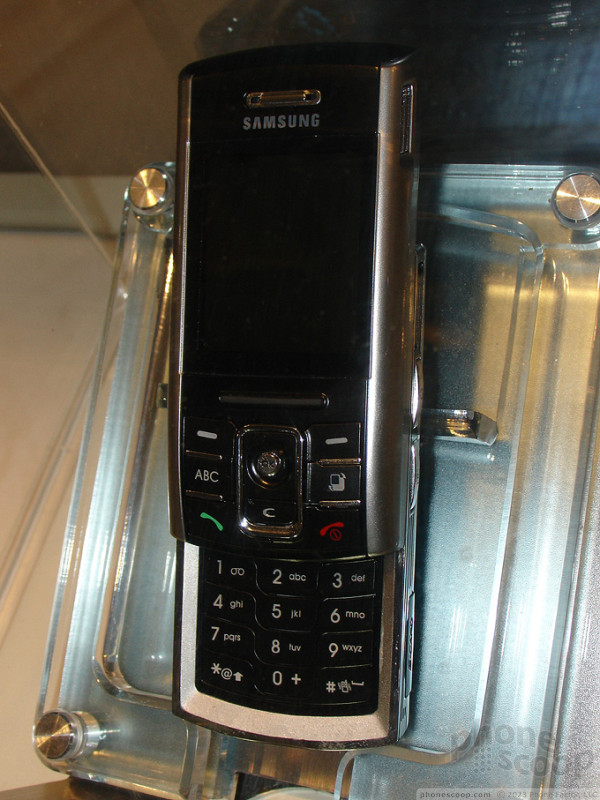





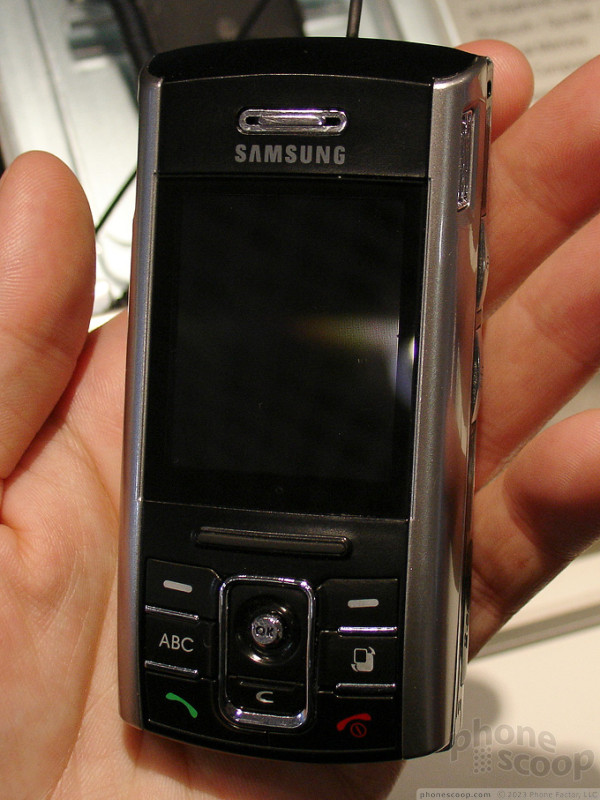






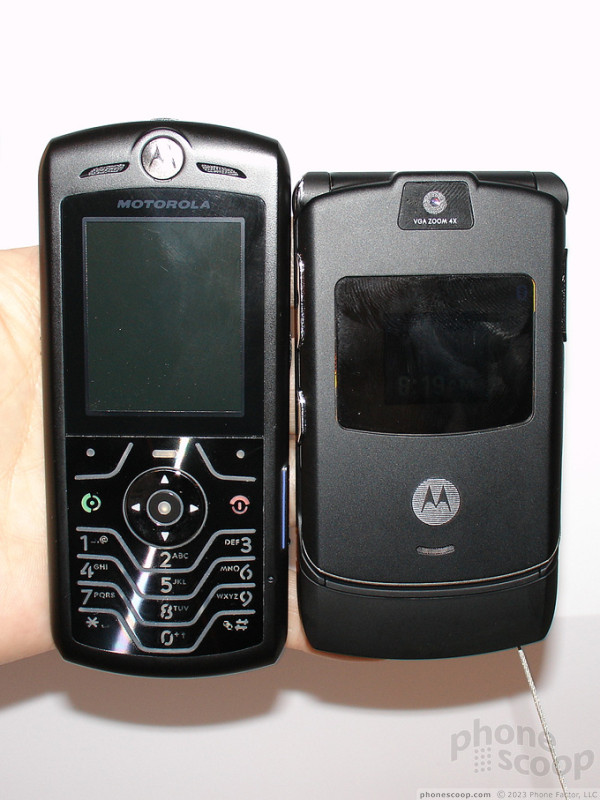



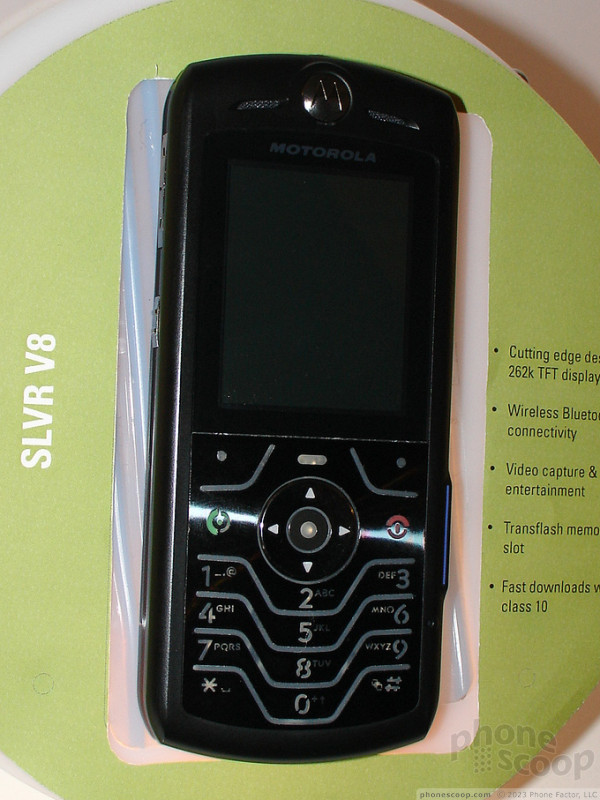









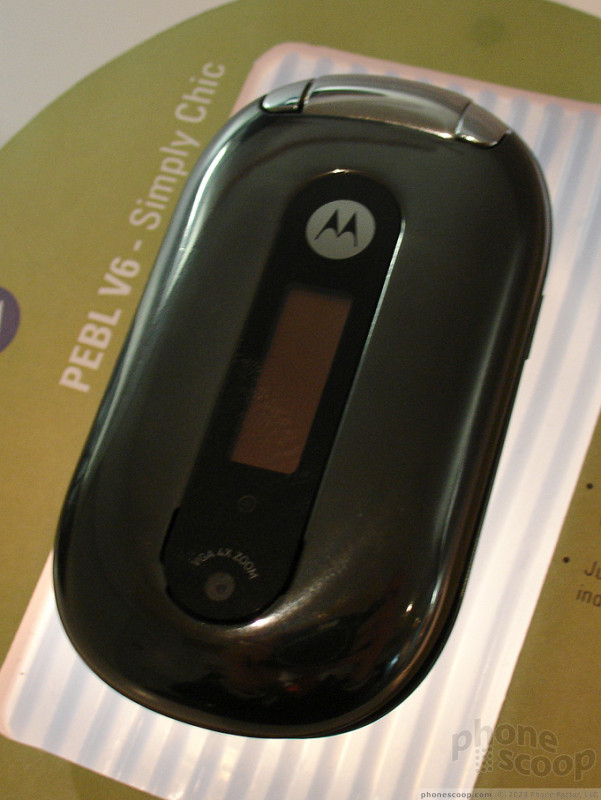






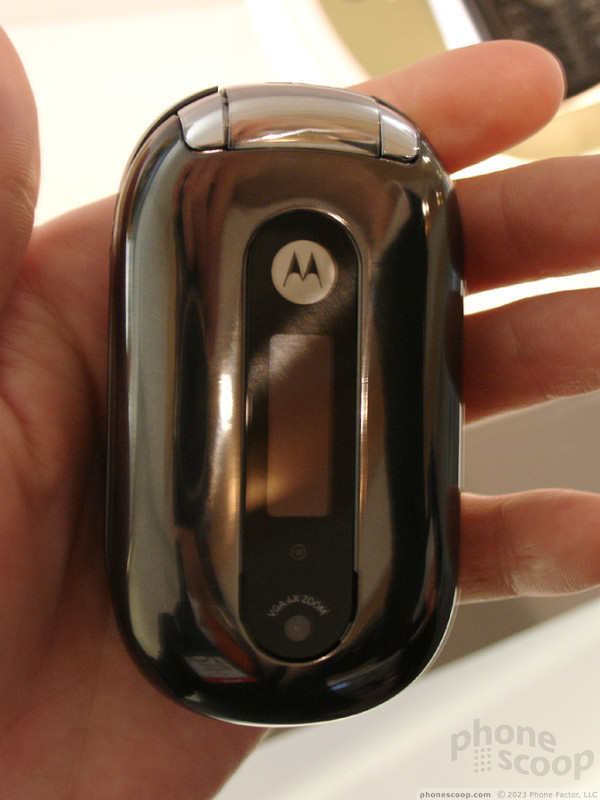



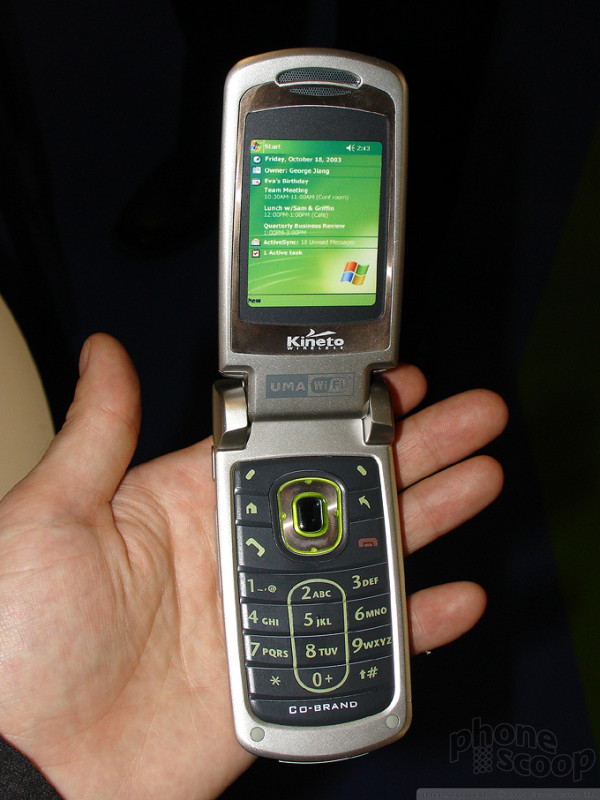






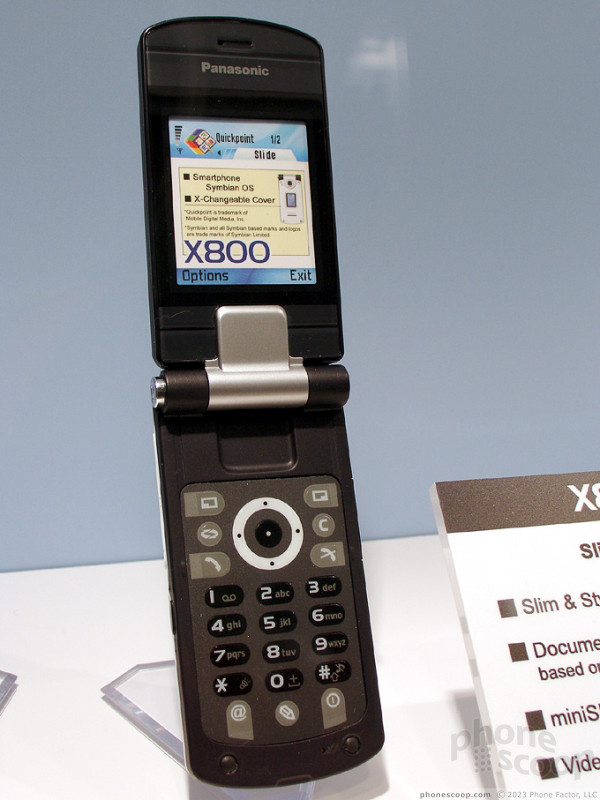



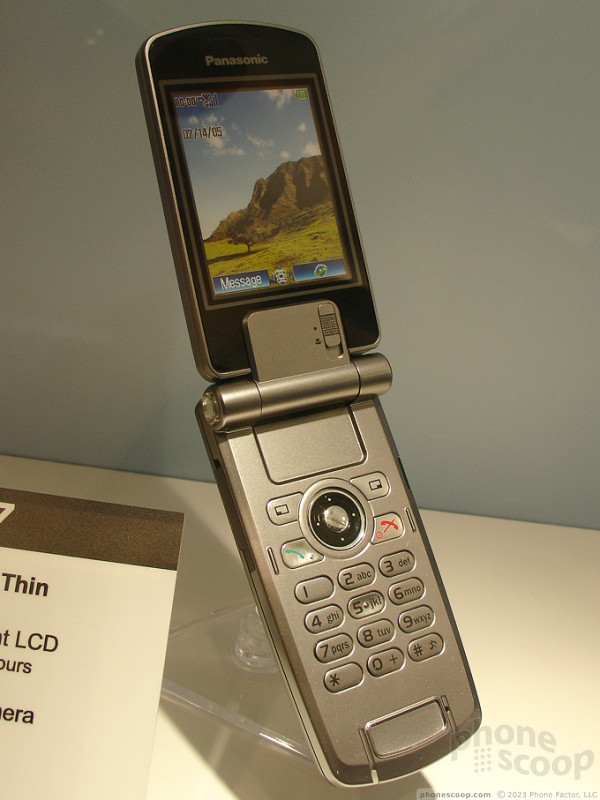



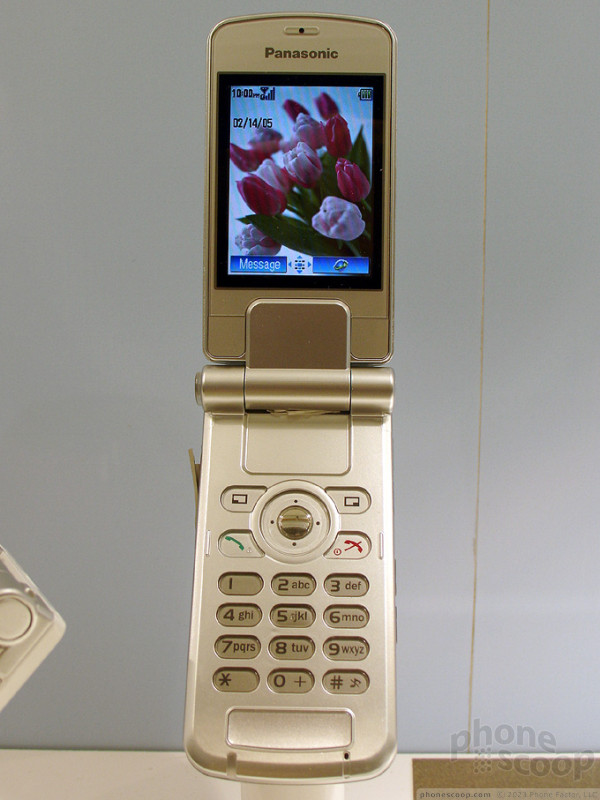




 CTIA 2005
CTIA 2005
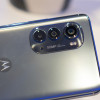 Hands On with the Motorola edge (2022)
Hands On with the Motorola edge (2022)
 iPhone 14 Plus Offers a Big Screen For Less
iPhone 14 Plus Offers a Big Screen For Less
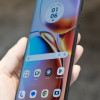 Hands On with the Motorola edge+ (2023)
Hands On with the Motorola edge+ (2023)
 Samsung SGH-E720
Samsung SGH-E720
 Panasonic X800
Panasonic X800
 Motorola SLVR L7
Motorola SLVR L7

